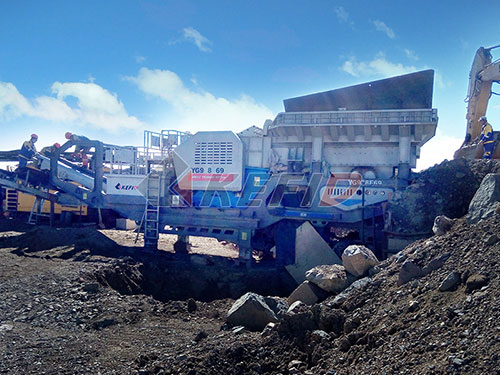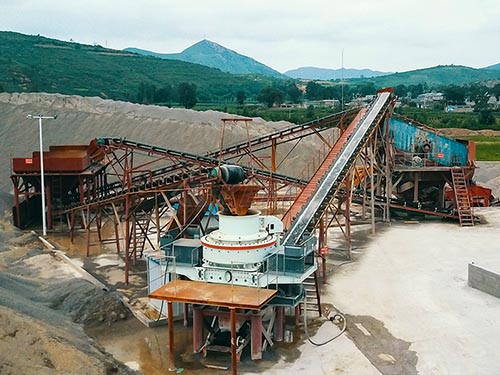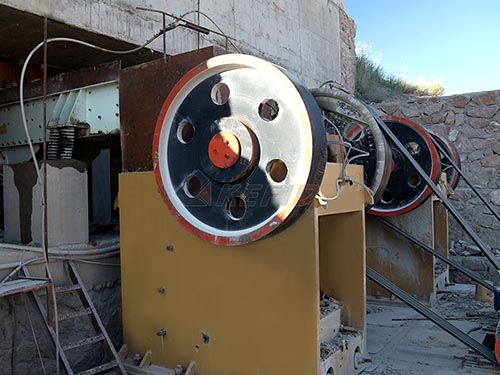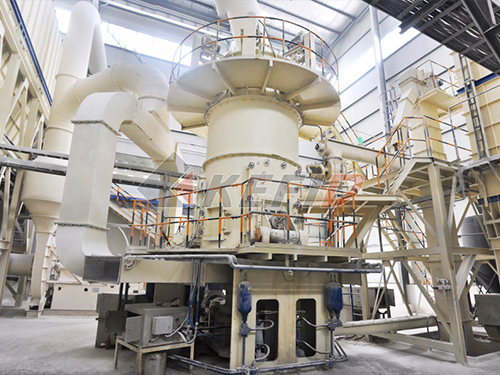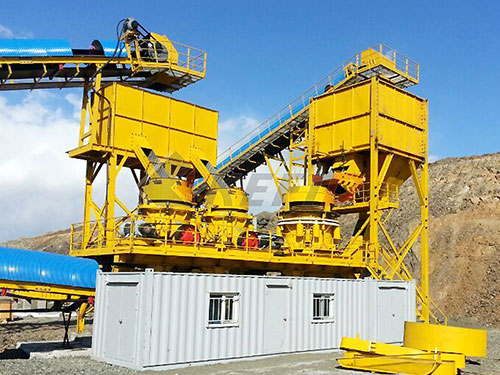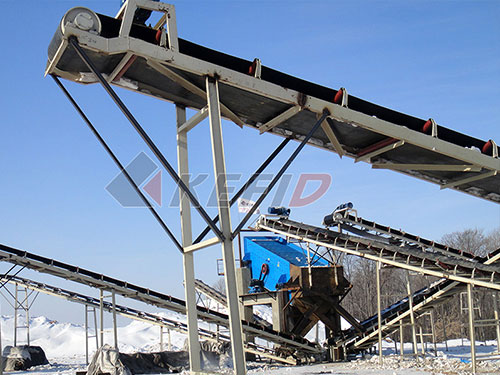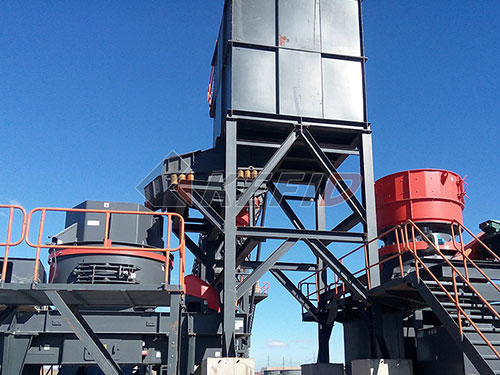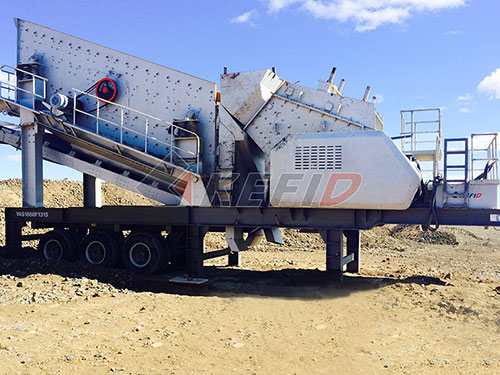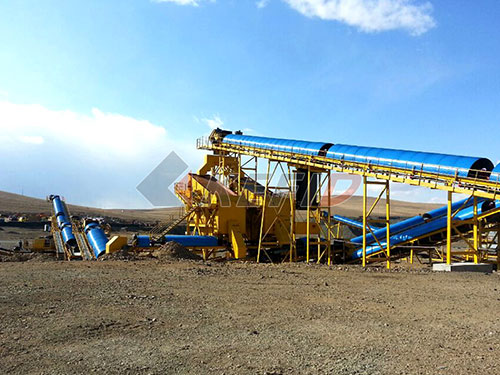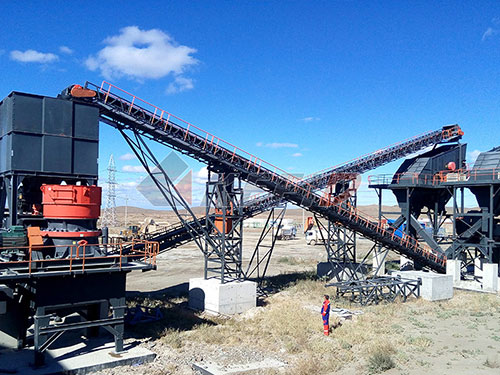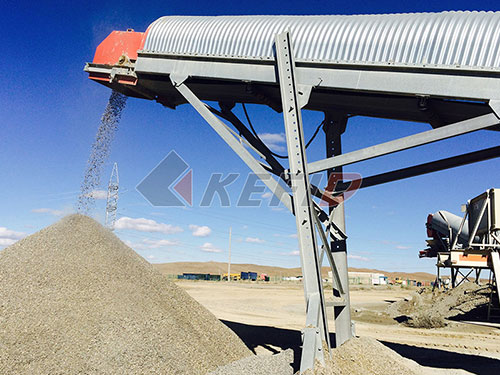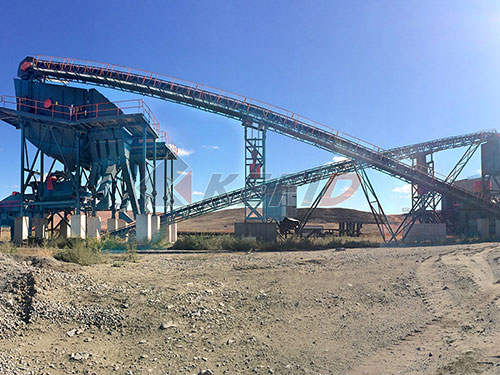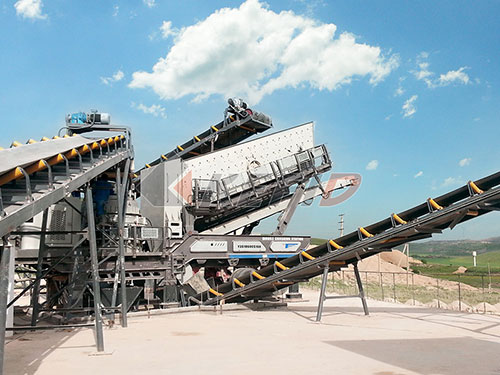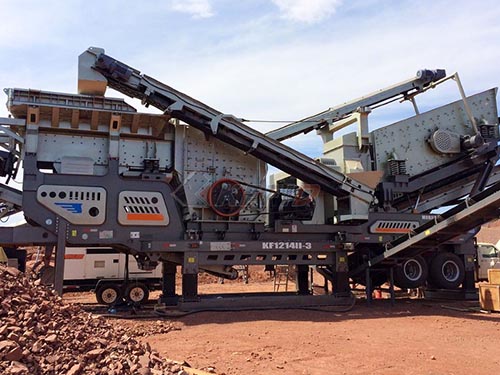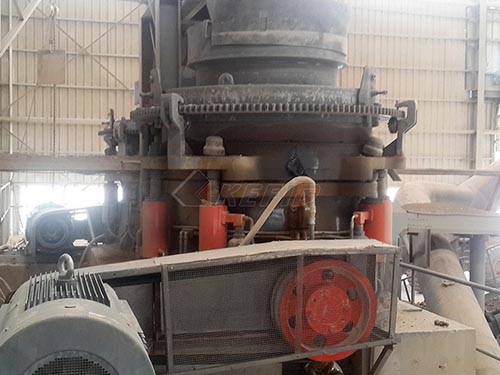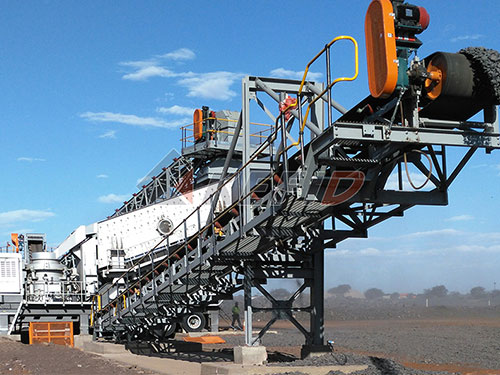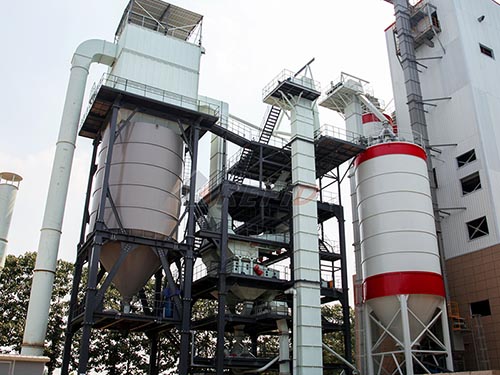Optimizing Demolition Efficiency: Crusher Design Integration on Hook Lorries
The integration of heavy-duty crushers onto hook lift lorries (also commonly known as roll-off trucks or hook trucks) represents a significant advancement in mobile demolition and material processing technology. This configuration offers unparalleled flexibility and efficiency on diverse job sites, from urban demolition projects to remote construction zones and disaster recovery efforts. The design of these crushers specifically for hook lorry mounting presents unique engineering challenges and opportunities that directly impact performance, safety, and operational cost-effectiveness.
Core Design Principles for Hook-Mounted Crushers
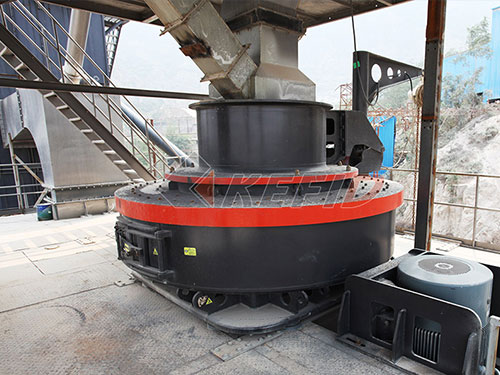
1. Chassis Integration & Weight Distribution: Arguably the most critical factor is seamless integration with the host vehicle’s chassis and hook lift system.
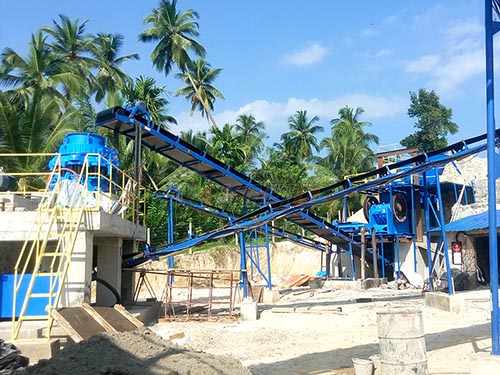
Frame Reinforcement: The crusher unit must distribute its immense operational forces – crushing pressure, vibration, and impact shock – back into the lorry’s reinforced subframe without causing fatigue or structural damage over time.
Optimal Center of Gravity: Careful placement of the crusher within the container frame is vital during lifting/loading operations and while traveling loaded or unloaded. An unbalanced load compromises stability during transport.
Payload Capacity: The combined weight of the crusher unit itself plus its maximum feed material must stay well within the lorry’s Gross Vehicle Weight Rating (GVWR) and axle load limits.
2. Power Source & Hydraulic Systems: Crushers demand substantial hydraulic power.
Vehicle PTO vs. Dedicated Engine: Most units utilize Power Take-Off (PTO) systems driven by the truck’s engine via complex hydraulic pumps and valves designed for high flow rates at extreme pressures (>300 bar common). Some larger units may incorporate a dedicated diesel engine mounted on the container frame to alleviate strain on the truck drivetrain.
System Efficiency: Designing compact yet powerful hydraulic circuits with efficient valves minimizes energy loss as heat, maximizing crushing force delivered while reducing fuel consumption.
Cooling Capacity: Adequate hydraulic oil cooling systems are essential due to sustained high-power operation under demanding conditions.
3. Crusher Mechanism & Configuration: The choice of crushing mechanism depends heavily on target materials:
Jaw Crushers: Offer high volume reduction ratios suitable for concrete rubble but require robust structures due to inherent vibration.
Impact Crushers: Excellent for softer materials like asphalt shingles or C&D debris; generate more fines but can handle larger initial feed sizes

